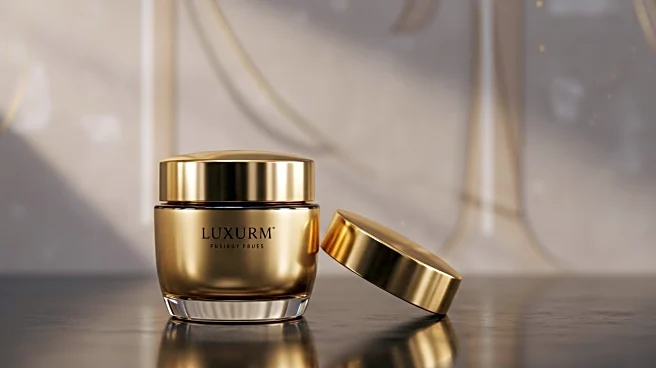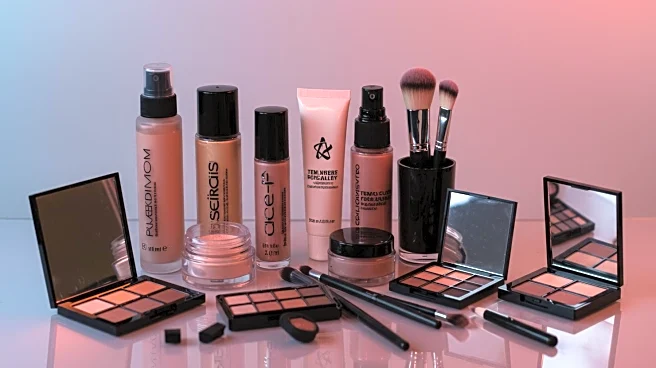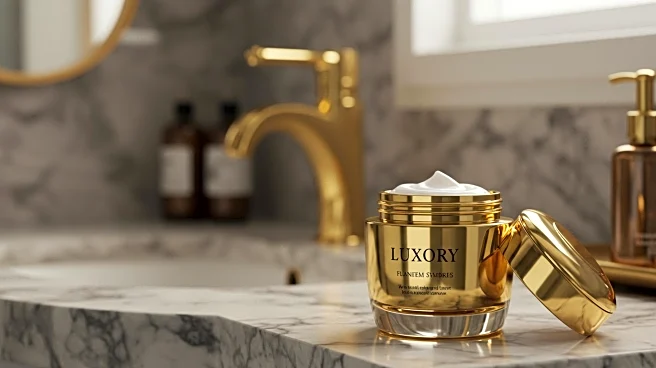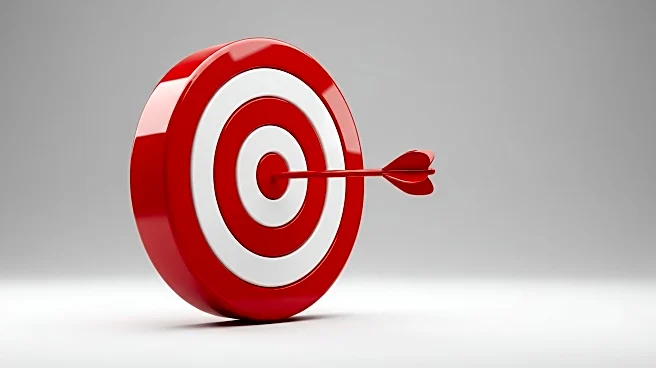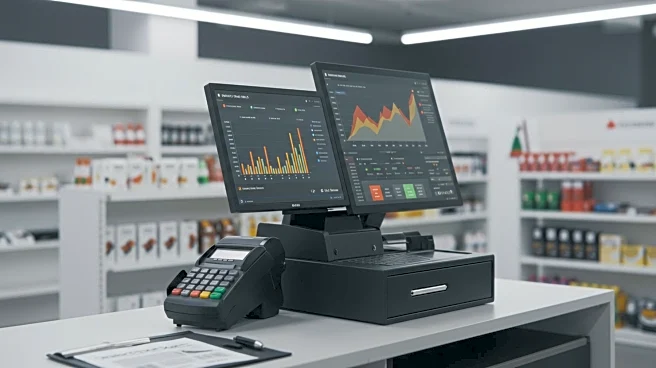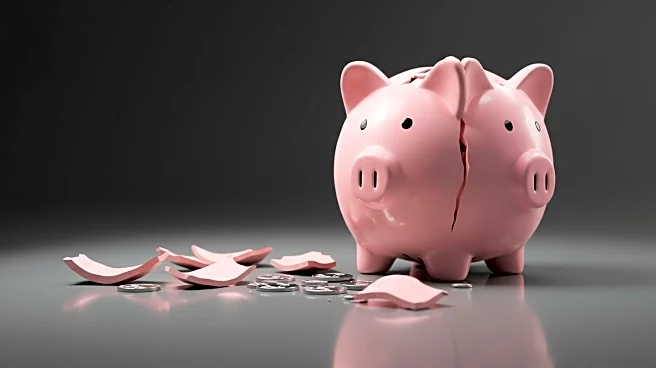What's Happening?
The U.S. beauty industry demonstrated resilience in the first half of 2025, achieving sales of $50.6 billion despite broader macroeconomic challenges. According to Circana data, the prestige beauty market grew by 2% to $16 billion, while mass market sales increased by 4% to $34.6 billion. Larissa Jensen, a global beauty industry adviser at Circana, noted that the growth in unit sales within the prestige market indicates strong consumer demand. Despite economic uncertainties, consumers continue to spend on beauty products, with brick-and-mortar stores remaining the dominant sales channel. Fragrance and hair care categories showed significant growth, with fragrance sales increasing by 6% in prestige and 17% in mass markets.
Why It's Important?
The growth in the beauty industry highlights its resilience amidst economic uncertainties, such as tariffs and fluctuating consumer sentiment. This trend suggests that consumers prioritize beauty products over other categories like apparel and technology. The industry's ability to maintain growth in unit sales, particularly in prestige markets, indicates a stable demand for high-quality beauty products. The shift towards experiential retail and omnichannel strategies underscores the importance of adapting to changing consumer preferences. Brands that successfully navigate these dynamics stand to benefit from sustained consumer interest and spending.
What's Next?
As the beauty industry continues to evolve, brands are likely to focus on enhancing their omnichannel strategies to capture consumer interest both online and in physical stores. The ongoing growth in fragrance and hair care suggests potential for further innovation and product launches in these categories. With the holiday season approaching, the industry is expected to see continued growth, driven by consumer spending on beauty products as gifts. Brands may also explore collaborations and new product lines to maintain momentum and attract diverse consumer segments.
